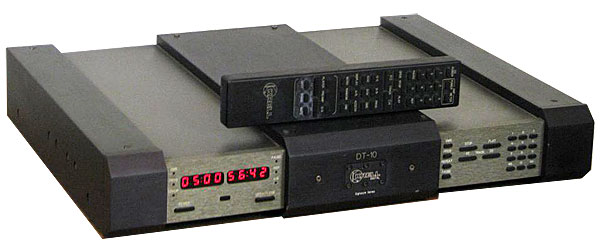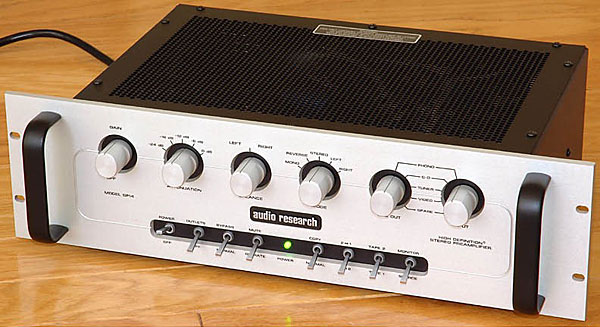Theta Data Basic CD transport
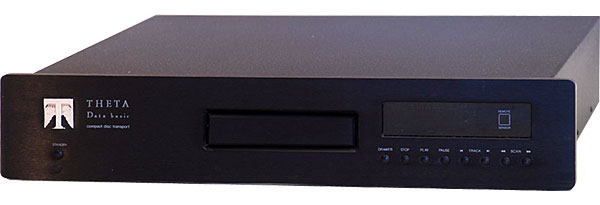
It seems to me that it should be possible to make a perfectly jitter-free CD transport without resorting to elaborate, expensive mechanical structures. This idealized transport would ignore all mechanical considerations of disc playbackvibration damping and isolation, for exampleand simply put a jitter-free electrical driver at the transport output. If such a circuit could be made, it wouldn't care about how bad the signal recovered from the disc was (provided the recovered data were error-free). The circuit would just output a perfect, jitter-free S/PDIF signal. The result would be the sound quality of the $8500 Mark Levinson No.31 Reference CD transport in $200 machines. Such a scheme would provide an electrical solution to what has been considered largely a mechanical problem.
But back in the real world there's no doubt that attention to mechanical aspects of transport design affects sound quality. Examples abound: listening to Nakamichi's 1000 CD transport with its Acoustic Isolation door open and closed; playing the Mark Levinson No.31 with the top open; and putting any transport on isolation platforms or feet are only a few of the dozens of experiences I have had that suggest that mechanical design is of utmost importance.

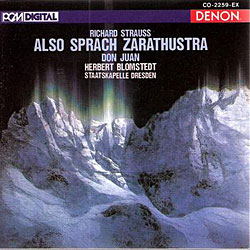 These are two very fine discs. Both convey to perfection the full weight of Richard Strauss's opulent orchestration for Zarathustra without the slightest hint of distortion, despite the huge dynamic range both employ. Both have the measure of the venues they are recorded in: Denon's Lukaskirche actually gives the impression of an acoustically superior concert hall, and it is astonishing to discover from the insert notes that the well tuned-in and integrated organ has been post-synchronized from the Schauspielhaus, Berlin.
These are two very fine discs. Both convey to perfection the full weight of Richard Strauss's opulent orchestration for Zarathustra without the slightest hint of distortion, despite the huge dynamic range both employ. Both have the measure of the venues they are recorded in: Denon's Lukaskirche actually gives the impression of an acoustically superior concert hall, and it is astonishing to discover from the insert notes that the well tuned-in and integrated organ has been post-synchronized from the Schauspielhaus, Berlin.
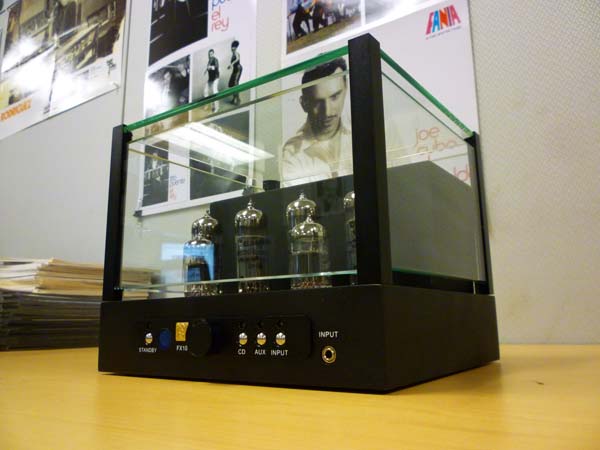

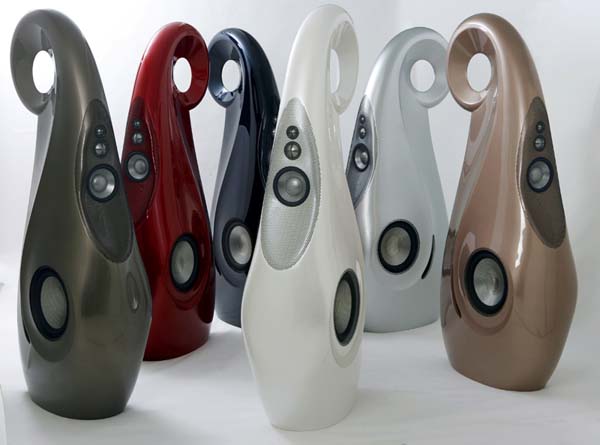
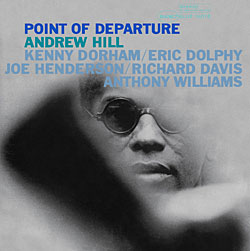 Music Matters Jazz—the L.A.-based audiophile label that reissues classic Blue Note titles, each on twin slabs of thick, quiet vinyl, mastered at 45 rpm and eased into gorgeous gatefold packages—keeps churning them out.
Music Matters Jazz—the L.A.-based audiophile label that reissues classic Blue Note titles, each on twin slabs of thick, quiet vinyl, mastered at 45 rpm and eased into gorgeous gatefold packages—keeps churning them out.


